Each year, Gowrie Victoria embraces National Reconciliation Week (May 27 to June 3) as a time to celebrate and grow our understanding of Aboriginal and Torres Strait Islander histories and cultures.
This year’s theme Be Brave, Make Change offers a powerful way for us to reflect on our responsibility to ensure the respectful and authentic inclusion of Aboriginal and Torres Strait Islander cultures and histories throughout our services.
Carlton North Early Childhood Teacher Molly Petruccelle said National Reconciliation Week was a wonderful opportunity to examine the action we take in impacting young minds. “With two of our educators returning from the recent Reconciliation Symposium in Darwin, we have decided to go big this year,” Molly said. “In the early childhood sector, we play a huge role as teachers in building a community of young learners that respect and values the Aboriginal and Torres Strait Islander communities.”
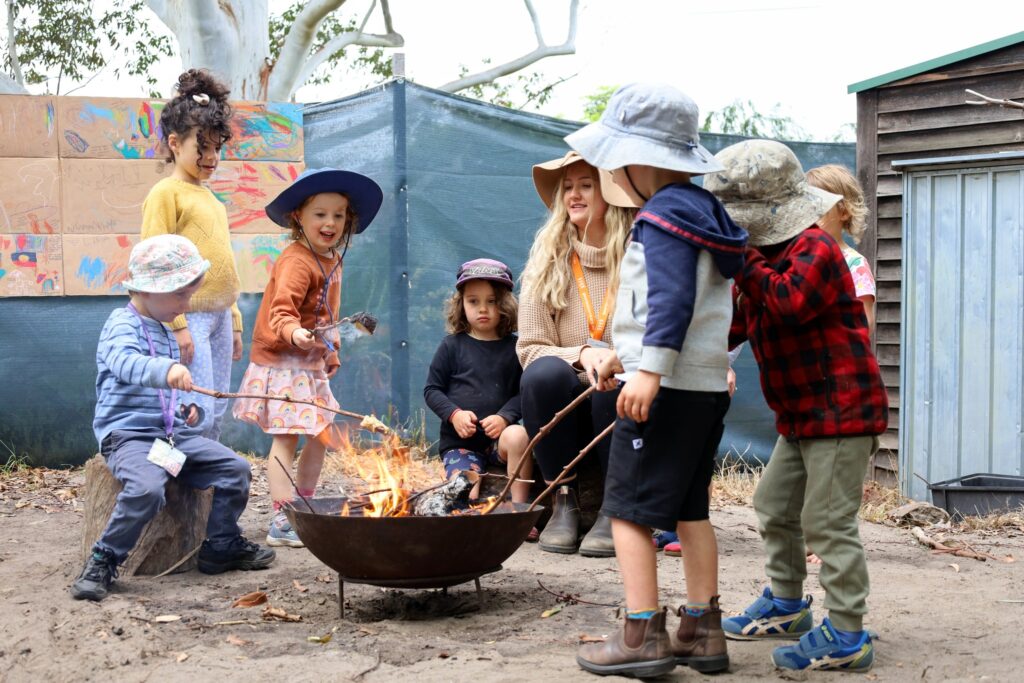
Children at Carlton North have already begun work on a mural for National Reconciliation Week, to be displayed in the local community.
“Educator Abbie Whykes, who attended the symposium, has brought back the idea of a mural through collaboration and connection with the entire service community,” Molly said. “We want all children to feel a sense of belonging and community by making their mark on a shared mural, which will then be used to make children visible in our community by displaying it outside our service.”
Children are being prompted to think about their family, ancestors and the communities that they belong to. “Sharing this mural will support our conversations around being brave and making change,” Molly said.
A range of exciting activities are planned across Gowrie Victoria services for National Reconciliation Week, to build on our existing Indigenous Perspectives program. This includes our daily Acknowledgement of Country and integration of Indigenous seasons, celebrations and language throughout our daily routines.
Our educators continue to work hard to build their cultural confidence and knowledge, and have attended professional development sessions with Yarn Strong Sista on culture and identity, shared history, weaving, language and plants.
“We have been able to embed many words from the Wurundjeri Woiwurrung language into our daily practice,” Molly said. “We say things like we’re going to wash our ‘marnong’ or sit on our ‘moom’. And these words have become a part of the children’s language, so much so that some children will tell people they speak Woiwurrung when asked which languages they know.”
The importance of connecting to Country is another key element of our practice and we provide a range of opportunities to foster a caring and respectful connection with the land on which we learn and play.
Carlton North Educator Abbie Whykes said it was inspiring to see the children respond to Indigenous Perspectives with such understanding and acceptance. “We discuss the six different seasons and how they affect the plants, animals and land,” Abbie said. “We talk about Dreamtime stories and shared histories, and why we have our daily Acknowledgement of Country”.
Abbie, who attended the Symposium, said it was an opportunity to extend her understanding and knowledge, and help advance Reconciliation in the sector. Abbie said she had been taught nothing of First Nations histories and cultures at school, and wanted to ensure the knowledge shared with children at Gowrie was respectful and true. “I’m learning a lot and I just feel it’s incredibly important to build the children’s knowledge of our shared, authentic histories, to know who was here before us and how we need to respect this Country.”
For more information on National Reconciliation Week, visit www.reconciliation.org.au
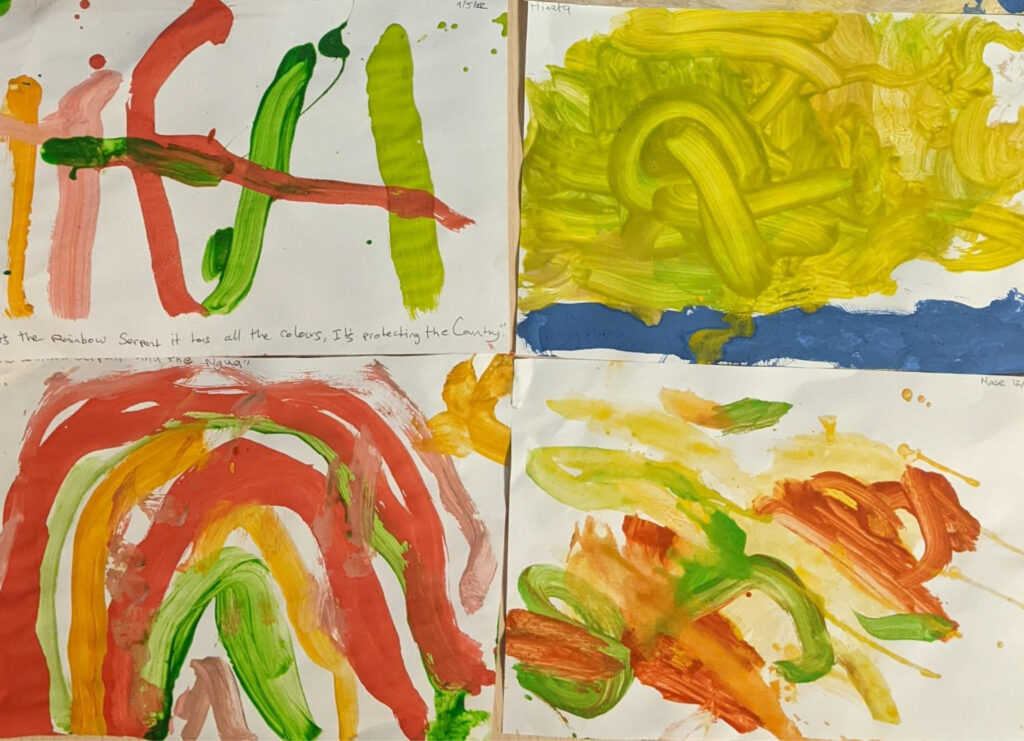
Bush damper recipe
Ingredients
2 cups of flour
1/2 cup water
Pinch of salt
Wattleseed, lemon myrtle, coconut or golden syrup (optional extras for a yummy twist).
Method
Mix all the ingredients together in a bowl. Add more flour or water to create the consistency of a soft dough that isn’t sticky. Wrap in foil and place on the fire. Continue to turn every couple of minutes so it doesn’t burn.
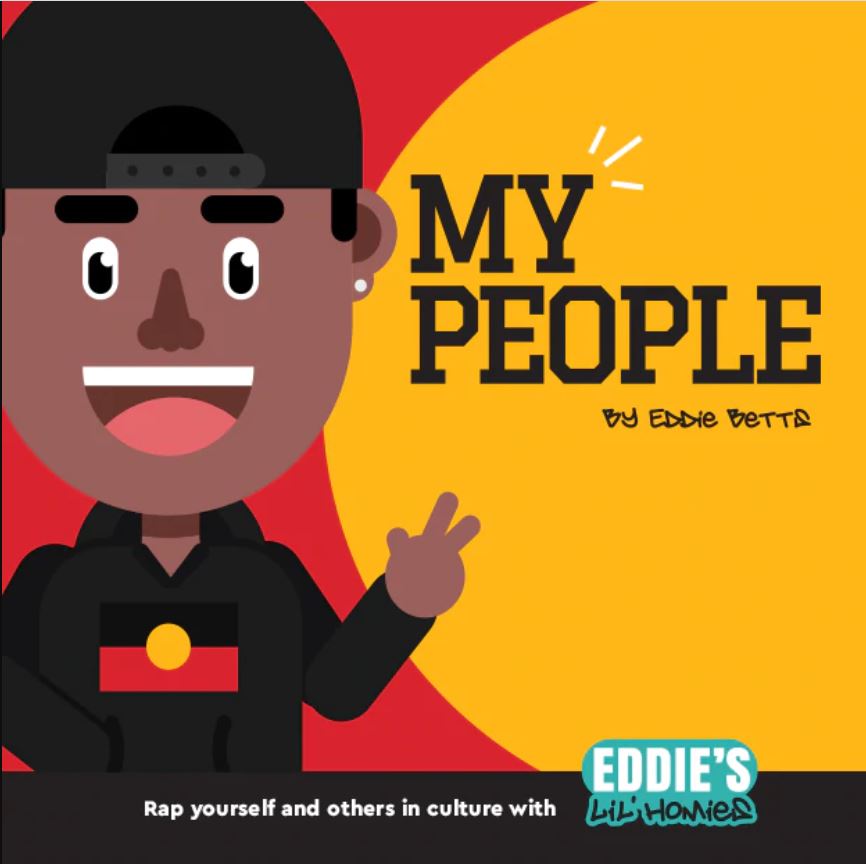
My People, by Eddie Betts
I love sharing Eddie Betts’ books with the children. His book My People is written in rap and rhyme and explains Aboriginal culture in a way that’s not too confronting, but not too childish.
– Abbie Whykes, Educational Support, Carlton North
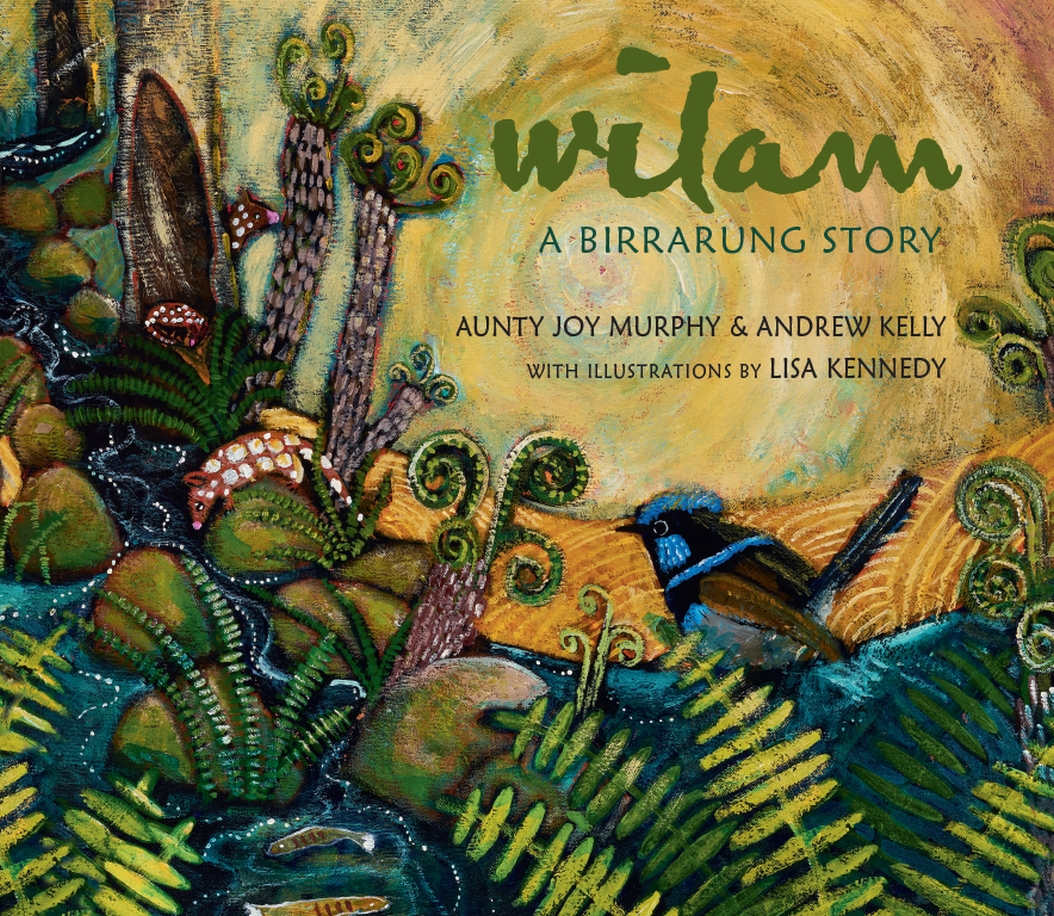 Wilam, by Aunty Joy Murphy and Andrew Kelly, illustrations by Lisa Kennedy
Wilam, by Aunty Joy Murphy and Andrew Kelly, illustrations by Lisa Kennedy
This book has travelled with us on many Out and Abouts as we venture on to Country and learn with Place. The illustrations are woven with the written story which explores the wildlife that call Birrarung (Yarra River) home and integrates WoiWurrung language, with a full glossary at the back.
– Tam Tran, Early Childhood Teacher, Clare Court
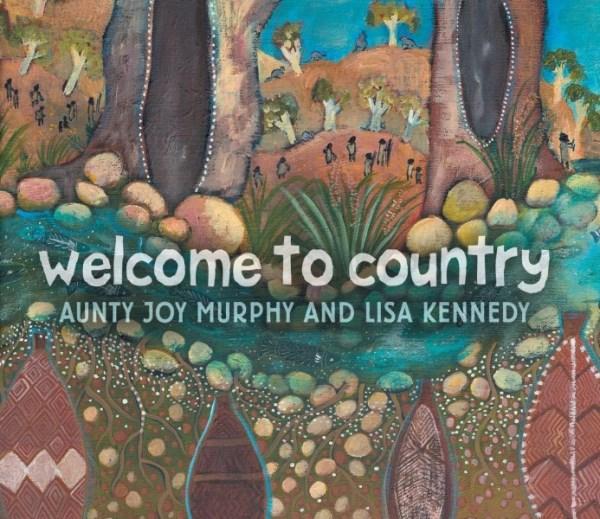
Welcome to Country, by Aunty Joy Murphy, illustrations by Lisa Kennedy
I love all our books here but this one is close to my heart. Aunty Joy Murphy and Lisa Kennedy have presented an Aboriginal ceremony of Welcome to Country in such an inviting way for the little learners! It has a video as well, which makes it easier for auditory learners too.– Dimple Verma, The Harbour

The Art in Country – Treasury for Children, by Bronwyn Bancroft
This book is a great resource as it is filled with authentic artwork that can be used with children for inspiration and provocation within their creative arts. The wording in the book is filled with exploration of colours and great expressive language that helps to keep children engaged with each page. You can open this book from any page and use the book in a meaningful way with children.
– Sarah Rawley, Family & Curriculum Practitioner, Broadmeadows Valley
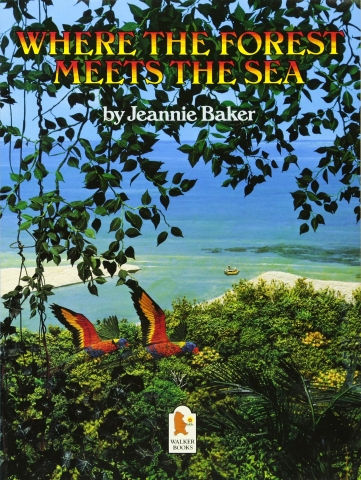
Where the Forest Meets the Sea, by Jeannie Baker
Embedding Aboriginal perspectives into the children’s program is something that should be with meaning and therefore non tokenistic. This book is a beautiful representation of this. It allows the educators and children to think deeper into why embedding Aboriginal Perspectives is such an important part of the curriculum. It is set in the Daintree Forest – the place, the people and the predicament are real.
– Scarlett Paige, Educator, Broadmeadows Valley
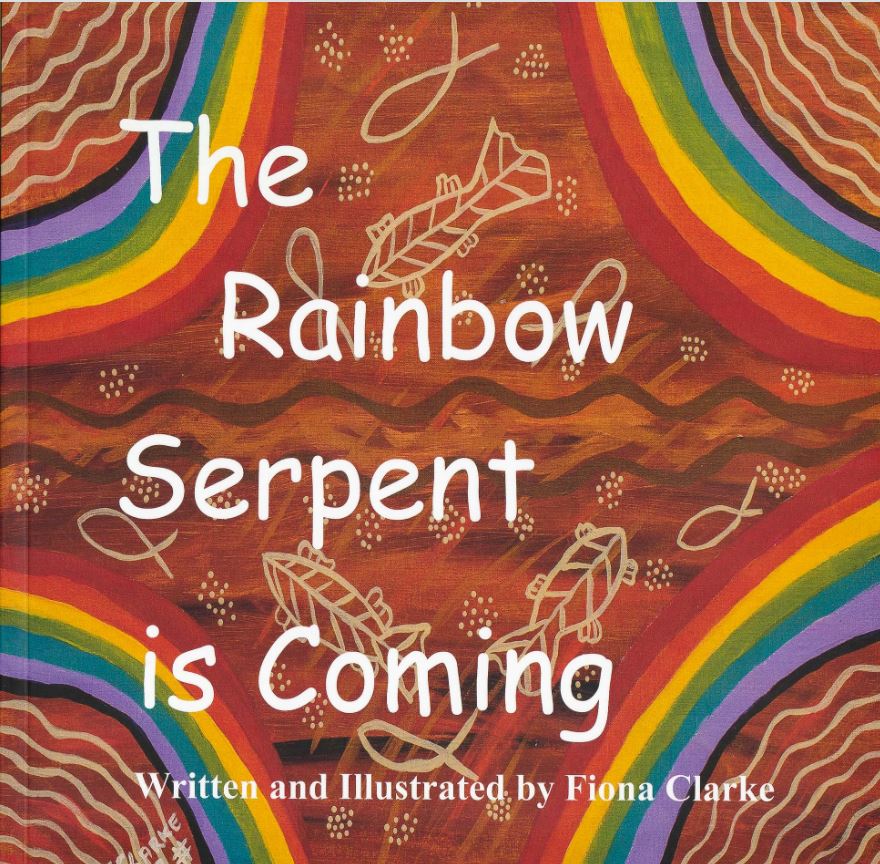
The Rainbow Serpent is Coming, by Aunty Fiona Clarke
This book explores the concepts of caring with Country and how First Nations people always worked with Country and not against it and how we need to listen more deeply with Country and First Nations Communities. It is set on a river and at Docklands the Harbour we too are next to Birrarung so we have been thinking of ways we can also care with Birrarung.
– Carla Beslagic, Kindergarten Teacher, The Harbour
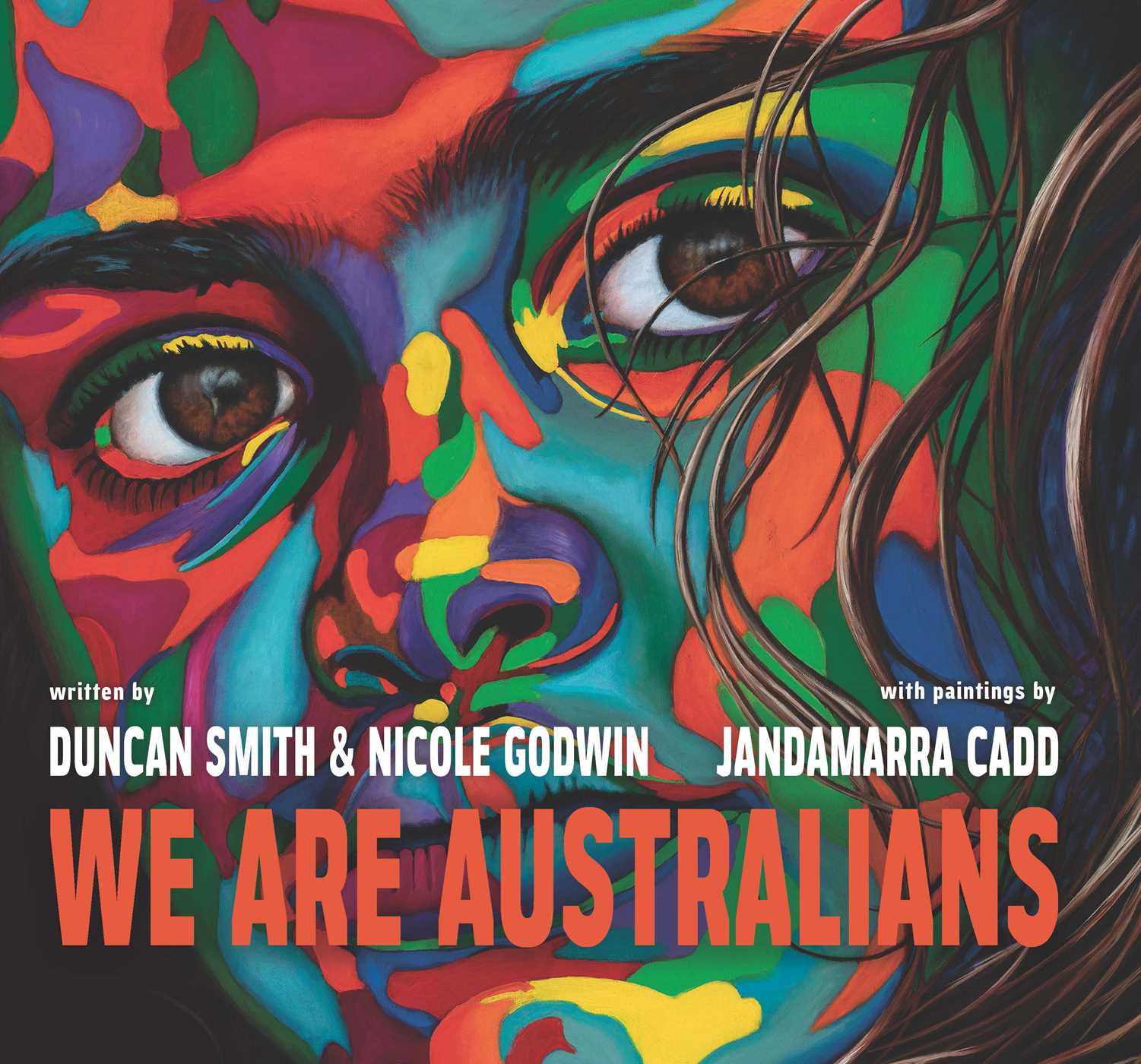
We Are Australians, by Duncan Smith & Nicole Godwin, illustrated by Jandamarra Cadd
I have a great collection of resources, with different books for different discussions. At the moment I feel like this book is very timely. It has a beautiful message that suggests a way forward. The children really love this book and there is also a great timeline for educators to explore. The illustrations beautifully support the narrative.
– Melanie Mamkwe, Educator, Clare Clourt

